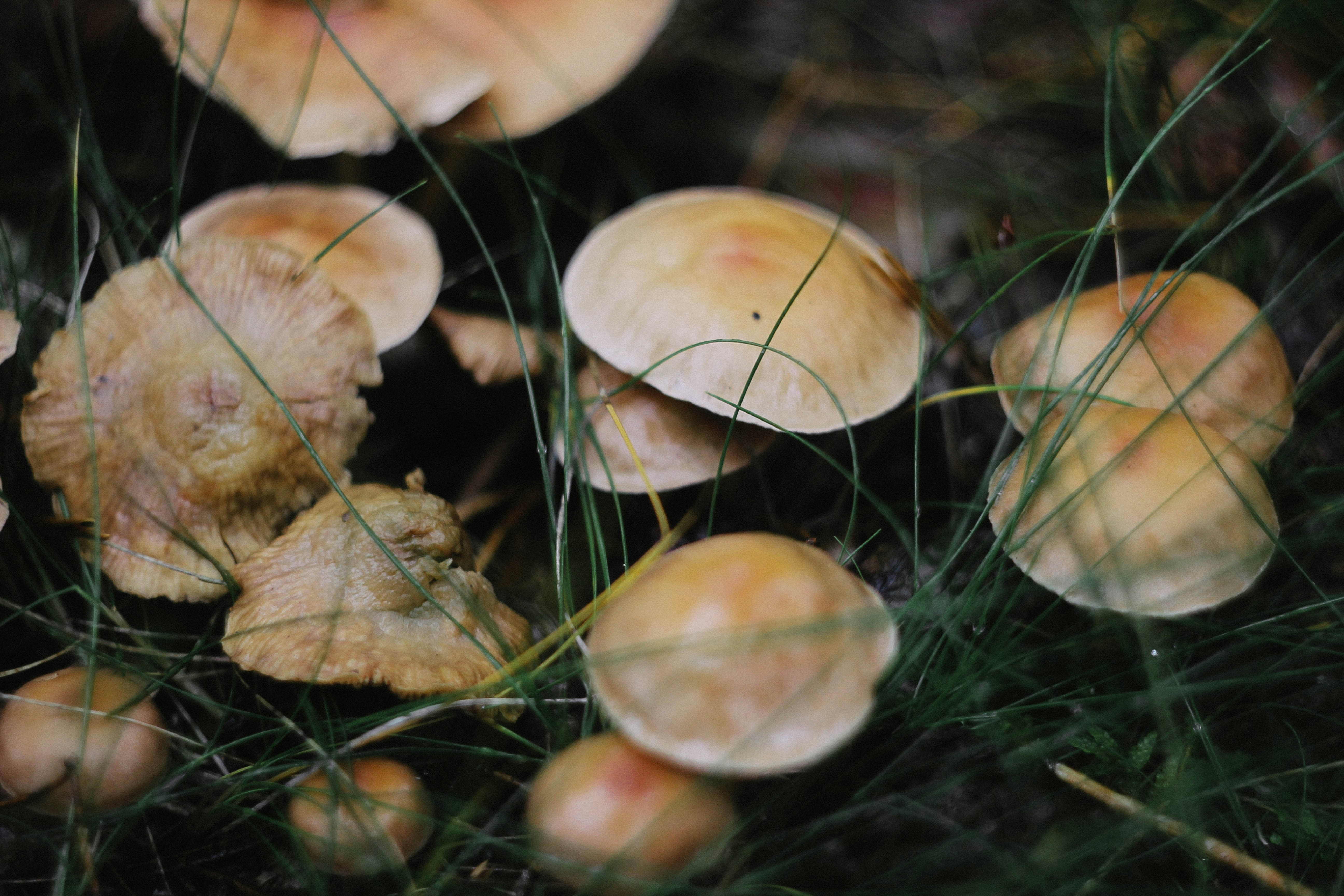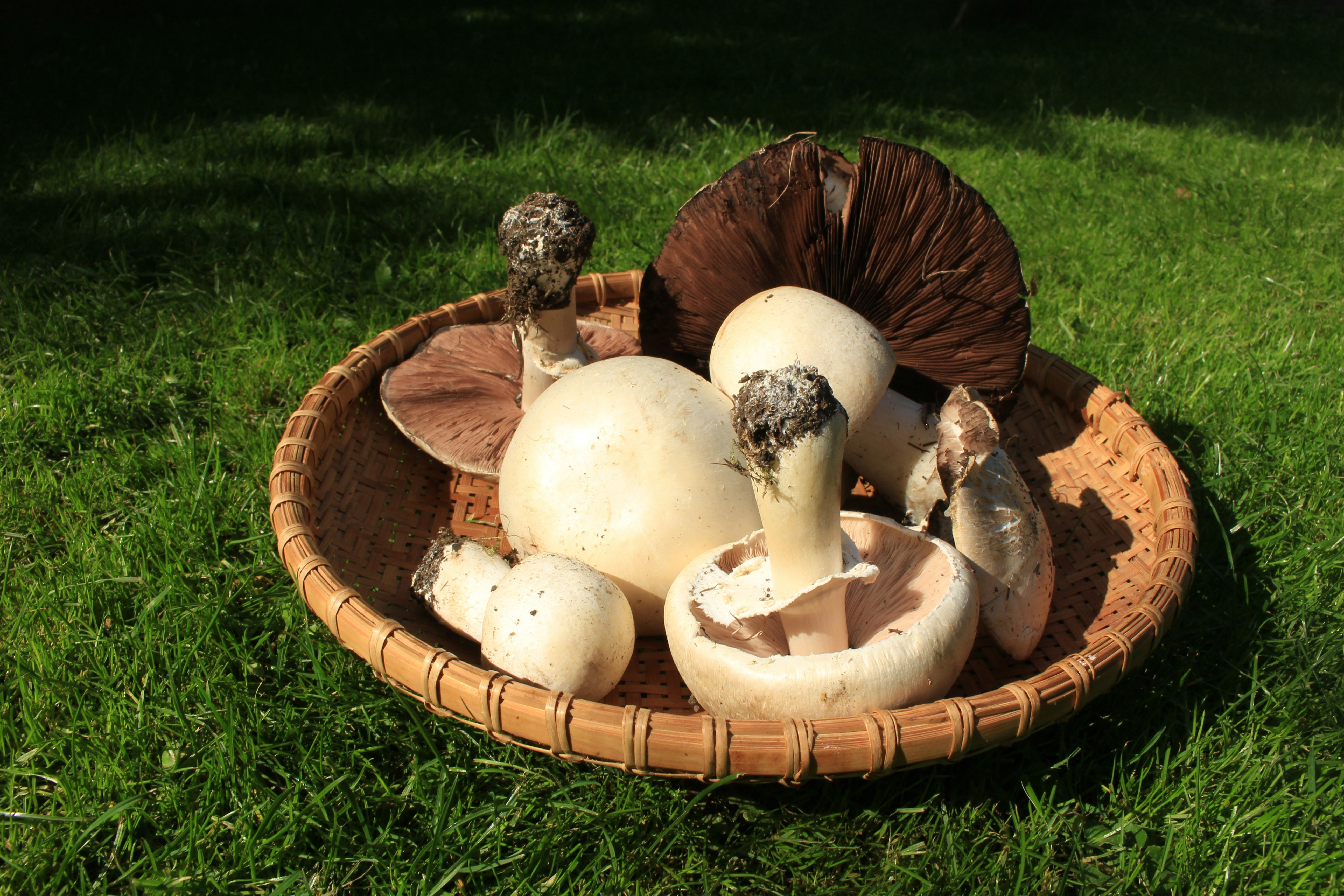In America, the mushroom is a misunderstood and under-eaten commodity of the natural world. What is it about the earthly reproductive system of some fungi that turn people away? Is it the taste? Perhaps, it’s the fear of an untimely death due to poison or an unwanted psychedelic adventure that prevents people from exploring new culinary mushroom species.
Last year, Americans consumed a little under four pounds of mushrooms per person according to the Department of Agriculture’s (USDA) Vegetables and Pulses Yearbook, a measly number when compared to the world-wide average of 11 pounds per person. What are Americans not being told about this fungus?
What are Mushrooms?
Mushrooms are the spore-bearing reproductive structure of some fungi. They reproduce through microscopic spores dispersed from their gills that appear as dust when collected in bulk. These spores form a complicated network of interwoven, threadlike cells known as mycelium.
Mycologist Paul Stamets believes mycelium is the “neurological network of nature.” In his book “Mycelium Running,” Stamets discusses how the formation pattern of mycelium mirrors that of the universe’s most complicated systems such as dark matter, hurricanes, and the Internet. Mycelium is everywhere on the forest floor, and one single cubic inch of topsoil contains enough fungal cells to stretch more than 8 miles. Mycelium is essential for restoring soil quality and the recycling of materials in the natural world. When it is time, mushrooms grow from the mycelium-covered earth, release billions of spores, and the cycle begins once again.
Why Should We Eat Them?
Many species of mushrooms are highly nutritious to humans, and the Food and Drug Administration (FDA) has labeled them as “healthy” foods. The FDA states that if 20 percent of your daily nutritional needs are met by consuming a single serving of a certain food, that food is labeled as “excellent.” If 10 percent of your needs are met, then it is labeled as a “good” food. Given this definition, mushrooms rank “good” to “excellent” in several of the nutritional categories. Mushrooms earn this rating for several reasons. They are rich in protein, with protein content ranging from 3 percent for the tough agarikon, to 33-35 percent for shiitake, nameko, and portobello, according to Stamets.

Mushrooms are very low in simple carbohydrates and fat; high in polysaccharides, anti-oxidants, dietary fiber; and they are a good source of essential minerals. Along with nutritional benefits, mushrooms also have valuable medicinal properties.
Some medical practitioners are starting to recommend mushrooms as preventive or supplemental therapies for improving health and battling several medical conditions, says Stamets. However, despite all of these medicinal and nutritional benefits, mushrooms seem to be absent in many American dishes.
How Can We Eat Them?
Mushrooms are being used more frequently by chefs for their size, taste, and benefits. As America increases their mushroom diversity, more recipes are being created. Mushrooms can be baked, broiled, grilled or sautéed.
A variety of different mushroom species can be combined with bacon, celery, onion and garlic to create a hearty cream of mushroom soup for cold, snowy Minnesota Aprils; or a delicious sirloin steak can be covered in sautéed maitake and shiitake mushrooms. Mushrooms are wonderful in vegetarian and vegan dishes, too, such as this kale and basil pesto zoodle recipe. Mushrooms also go well in stir-fries, pates, teas, and coffee.
The impact fungi have on the sustainability of the planet and all of its inhabitants is slowly being recognized. If regularly consumed and incorporated into a daily diet, their nutritional and medicinal benefits could make anybody (practically) feel superhuman.





